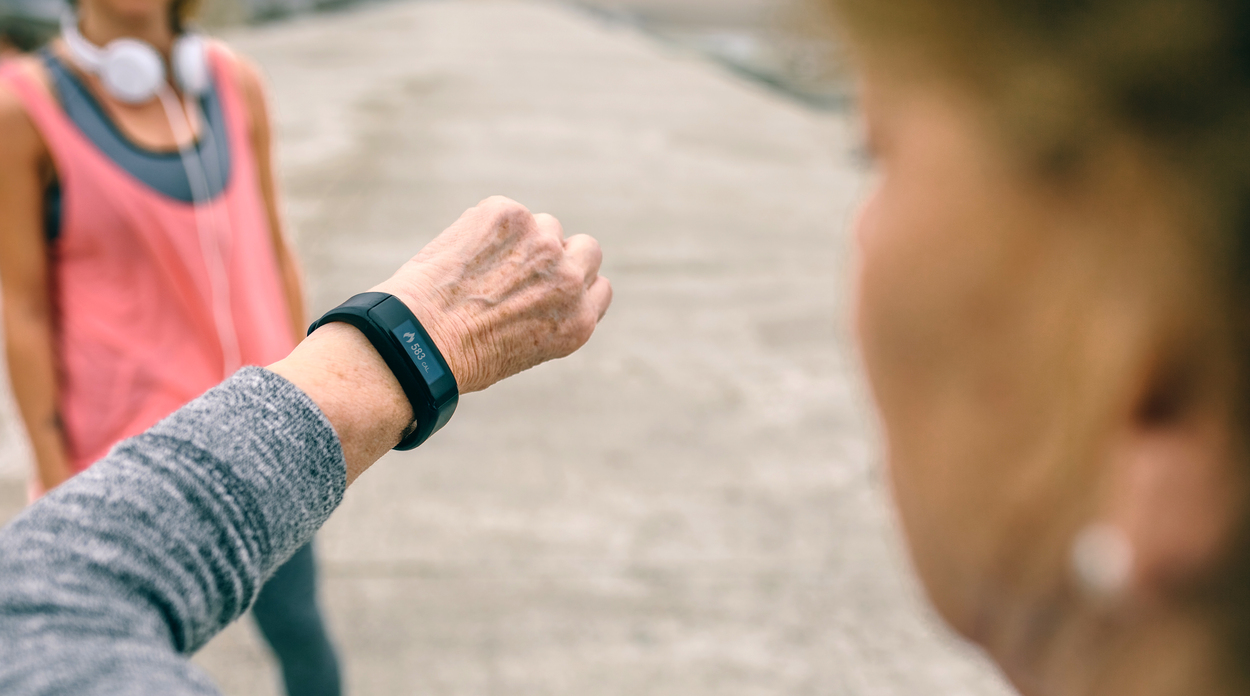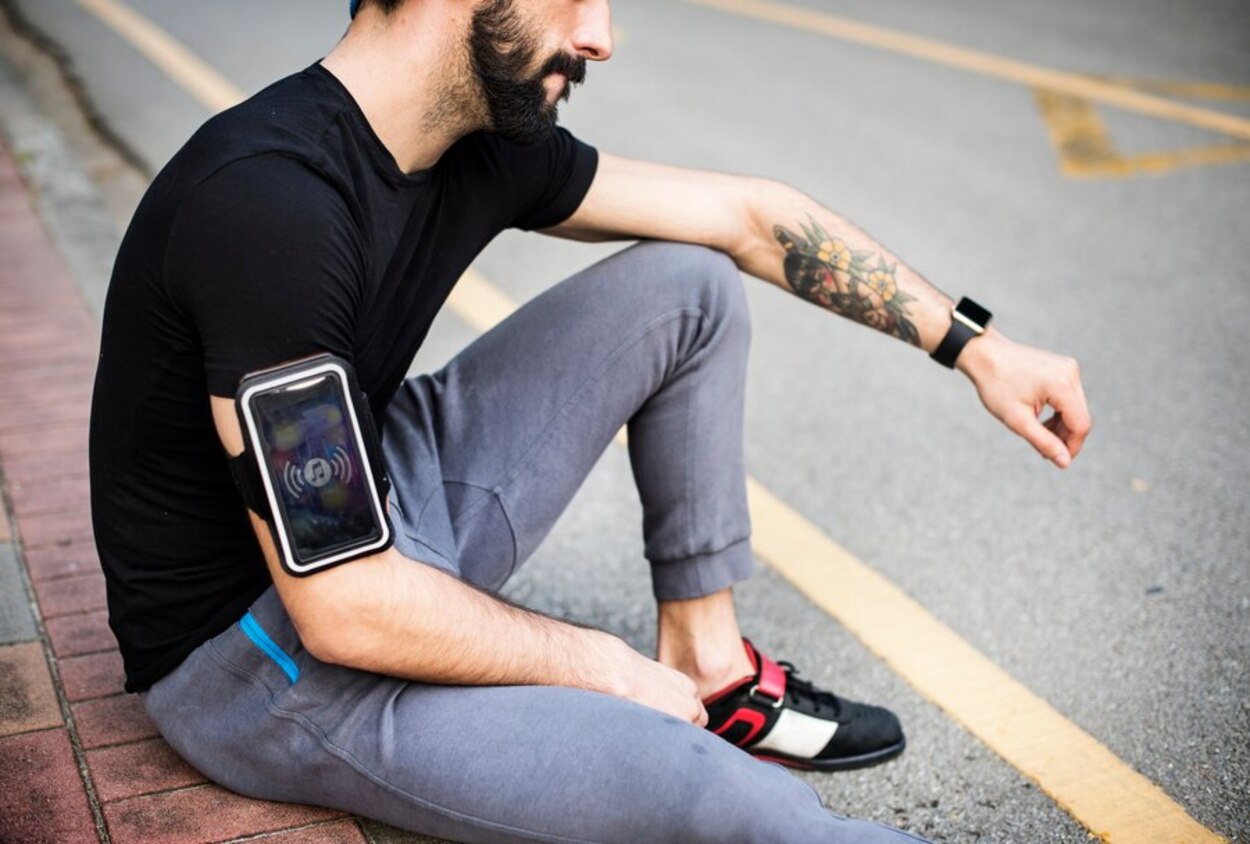Smart Textile Innovations: The Next Wave of IoT Wearables

Smart textiles are reshaping wearable technology by seamlessly integrating advanced IoT capabilities into everyday fabrics, significantly enhancing comfort, functionality, and connectivity. According to a recent study by Grand View Research, the global smart textiles market is set to exceed $12 billion by 2025, driven by strong consumer interest, technological breakthroughs, and broad industry applications.
As Sundar Pichai, CEO of Alphabet Inc., emphasizes: "The intersection of textiles and technology presents one of the most exciting opportunities for innovation, significantly impacting healthcare, lifestyle, and occupational safety."
Understanding Smart Textiles
Smart textiles combine traditional fabric materials with sensors, conductive fibers, and IoT technologies, enabling real-time monitoring of health, environmental conditions, and physical activities. These advanced textiles offer exceptional functionality without compromising wearer comfort or convenience.
Key Technologies Driving Smart Textiles
| Technology | Description | Examples |
| Conductive Threads | Threads containing silver, copper, or carbon for electrical transmission. | Embedded circuits, wearable ECG monitors |
| Flexible Sensors | Embedded sensors that monitor vital signs and environmental factors. | Temperature sensors, respiratory sensors |
| Energy Harvesting & Storage | Technologies harnessing body heat and movement for power. | Flexible batteries, piezoelectric generators |
| Wireless Communication | Data transmission technologies to mobile and cloud platforms. | Bluetooth Low Energy (BLE), Near Field Communication (NFC) |
According to Gartner, over 30% of wearable devices will leverage smart textile technologies by 2026, underscoring their growing significance in the IoT ecosystem.
Practical Applications Across Industries
Smart textiles are transforming multiple industries, providing innovative solutions tailored to specific needs:
- Healthcare and Medical Monitoring
- Real-time tracking of patient vital signs.
- Early medical intervention enabled by continuous monitoring.
- Sports and Fitness
- Enhanced performance analytics, tracking muscle activity, hydration levels, and fatigue.
- Injury prevention through real-time data and predictive analytics.
- Military and Defense
- Continuous monitoring of soldier health and environmental threats.
- Improved situational awareness and operational efficiency.
- Fashion and Lifestyle
- Aesthetic integration of technology, such as LED lighting and interactive sensors.
- Personalized garments offering biometric feedback and interaction.
- Occupational Safety
- Real-time alerts for hazardous conditions.
- Detection of dangerous gases, extreme temperatures, or radiation exposure.

| Industry | Application Example | Benefit |
| Healthcare | Smart hospital gowns monitoring vitals | Enhanced patient safety |
| Sports | Compression garments with muscle sensors | Improved athlete performance |
| Military | Uniforms with integrated GPS and vitals monitoring | Increased soldier safety and mission effectiveness |
| Fashion | Interactive clothing with biometric sensors | Personalized user experience |
| Occupational Safety | Protective suits detecting hazardous conditions | Increased workplace safety |
Growth Drivers and Market Trends
Several factors are contributing to the robust growth of the smart textiles market:
| Growth Driver | Explanation | Statistics |
| Health Awareness | Increased consumer focus on personal wellness and health monitoring. | 50% of wearable users cite health tracking as a primary use. |
| Technological Advancements | Improved sensor accuracy, miniaturization, and wireless tech. | IoT market projected to grow at 16.7% CAGR by 2028 (MarketsandMarkets). |
| Government & Industry Investment | Significant investment in research, especially in healthcare and defense sectors. | EU committed €300 million to smart textile research projects by 2024. |
Challenges Facing Smart Textile Development
Despite promising growth, the industry faces considerable challenges:
| Challenge | Impact | Expert Opinion |
| Cost and Scalability | High production costs limit mass adoption. | "Reducing costs through innovation is crucial for wider adoption," — Tim Cook, CEO of Apple. |
| Data Privacy & Security | Protecting user data in connected devices. | "Data security remains a fundamental challenge," — Brad Smith, President, Microsoft. |
| Durability & Maintenance | Need for robust, washable, and long-lasting textiles. | "Durability is a key factor that must be addressed for long-term success," — Stella McCartney, Fashion Designer. |
Promwad’s Contribution to Smart Textile Innovations
Promwad leads the way in IoT-enabled smart textile solutions by offering:
- Embedded System Design: Robust hardware integration for consistent and reliable performance.
- Software Solutions: User-friendly interfaces and secure data management systems.
- Prototyping & Testing: Rapid prototyping and comprehensive testing ensuring high-quality outcomes.
Future Prospects and Emerging Trends
The smart textile industry continues evolving rapidly, shaped by innovation and emerging trends:
- AI Integration: Enhanced data analytics and predictive health insights.
- Sustainability Initiatives: Adoption of eco-friendly materials and energy-efficient technologies.
- Intuitive User Interfaces: More advanced touch-sensitive fabrics and gesture-controlled garments.
"Smart textiles will revolutionize not just how we dress, but how we interact with technology itself," highlights Elon Musk, CEO of Tesla and SpaceX, emphasizing the profound impact smart textiles will have on daily life.
Smart textiles represent a significant leap forward in wearable technology. With continued innovation, robust industry collaboration, and strategic investment, smart textiles promise a future where clothing not only protects and adorns but actively enhances human life.





